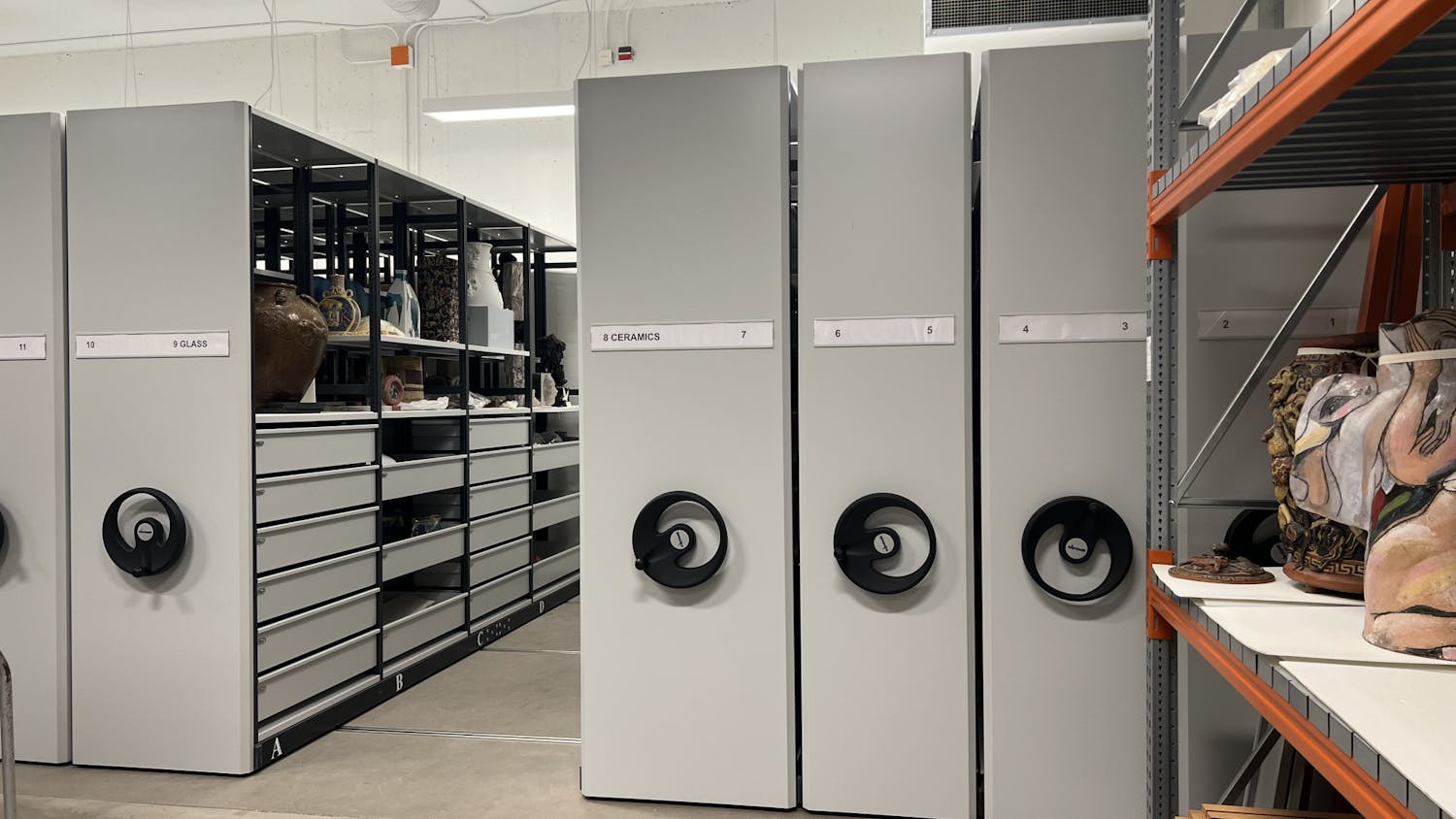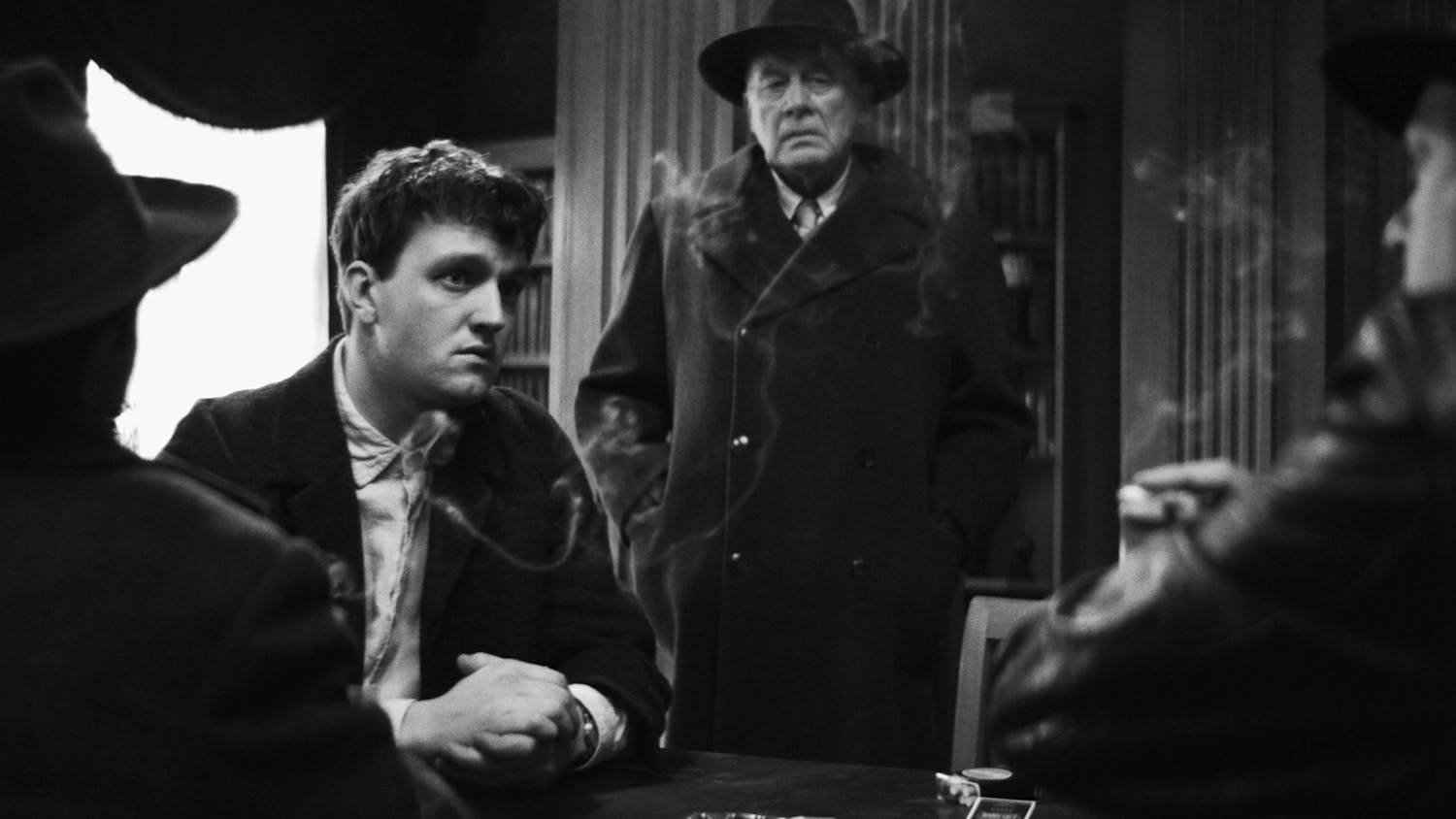For many musicians, music enthusiasts and writers like myself, the labelling and categorization of music is often a necessary evil for navigating the massively diverse world of Earth’s sounds. Assigning a song to a genre is much easier than having to assess the individual essence of an artist’s identity, background and voice, all of which are key components in the formation of their sound. The Wikipedia page for “Punk rock subgenres” lists 37 separate categories for various punks, almost as if it was some sort of biological classification for an animal kingdom. On the Wikipedia page “List of electronic music genres,” house music boasts a dizzying 29 separate subgenres, while sounds like hardcore, electronica and techno sport several classifications of their own.
One could argue that the human urge to label our creative minds stems from the same place that causes us to label ourselves with personalities and genders. Like genres, these stringent categorizations harm those who can’t find themselves falling within the gender boundaries of antiquated walls built by past generations.
In 2015, these conversations flourished in contemporary music, with experimental electronic artists making work that somehow managed to capture the ambiguity of their identity. While many of their tracks contain glimpses of inspiration from other genres, their overall aesthetic is unnamed, constantly wavering in order to effortlessly dodge labels. Try describing a track off of Arca’s latest album Mutant to an uninitiated listener to fully understand this phenomenon. Sure, words like “experimental” or “weird” will do the trick, but a true read of the music would require words like “guttural,” “squirming” and “seething,” but by the time music journalists coin the term “squirm-core” for use in their pieces, the sound they mean to catch would have already escaped their grasp, changing forms mid-flight.
One cannot understate the impact that transgender and nonbinary artists have within this realm of art. Artists like Elysia Crampton and Juliana Huxtable use their work as a means to discuss their own journeys between bodies, places and identities. Perhaps the reason their work is resonating more than ever with the mainstream is due to a recent realization of the limbo that many hold between their digital and physical selves. “I can't confront and explore my own trans-ness without touching on a bigger trans-ness: trans-humanity, trans-thing, trans-subject, trans-etc.,” Crampton stated in a discussion with NPR’s Andy Battaglia. This “trans-humanity” pervades the lives of anyone with multiple social media accounts. How much of our online identity evades the real world, and how much takes on a life all of its own?
Such a strain of music is as rebellious as it is elusive. When music “sounds good” i.e. is danceable, smooth, easy, it’s much more likely to subdue its listeners instead of challenging them. The walls of music genres and gender binaries are so established in history and public that a certain aggressiveness is required to shatter them. While Rabit’s music offers glimpses of grime and club elements, the core of his brooding industrial sound is far from categorization. In an interview with Dummy Mag, he stated, “I don’t really have [a club music] context to my music—whenever I see a reference to that about my music it feels really out of place to me.” It takes a sound as pressing and aggressive as Rabit’s to make people aware of the genre and gender boundaries that divide and categorize their identities and give them reason to take a stand against it.
While varying in their musical outputs, a constant theme throughout these future-focused artists' works is the use of shattering glass, explosions and gunfire. It seems that these samples are less of a celebration of their existence and more of a recontextualization of what they might offer in a future void of the violent capitalism that begat them. I don’t believe many millennials would have second thoughts about entirely fleeing their physical selves in favor of living in a neural network, free of body and image. As technology advances at an exponential rate, we find ourselves closer and closer to a singularity, but in the meantime these nonlabeled artists offer a glimpse of a world where shattered glass is more associated with a heavenly sparkle than the sound of a car crash or potential home invader.
There’s a certain irony that lies within the 37-plus subcommunities of punk rock identified at the beginning of this piece. What started as a movement to defy the oppressive structures of government and economies beyond our control evolved to have its own categorical boundaries. It’s impossible to start a hardcore band without veteran punks loading up their preconceived notions of how a hardcore band should sound, look and act. A necessary conflict of life is to defy the expectations handed over at birth, and learning to operate the world in spite of such restrictions. As humanity stamps their foot in anticipation of leaving behind the structures of oppression bestowed onto them by past civilizations with less knowledge and technology, we can at least take solace in the work of Arca, Crampton and others, knowing that there’s an uncategorizable core at our souls waiting to burst into the stratosphere.





